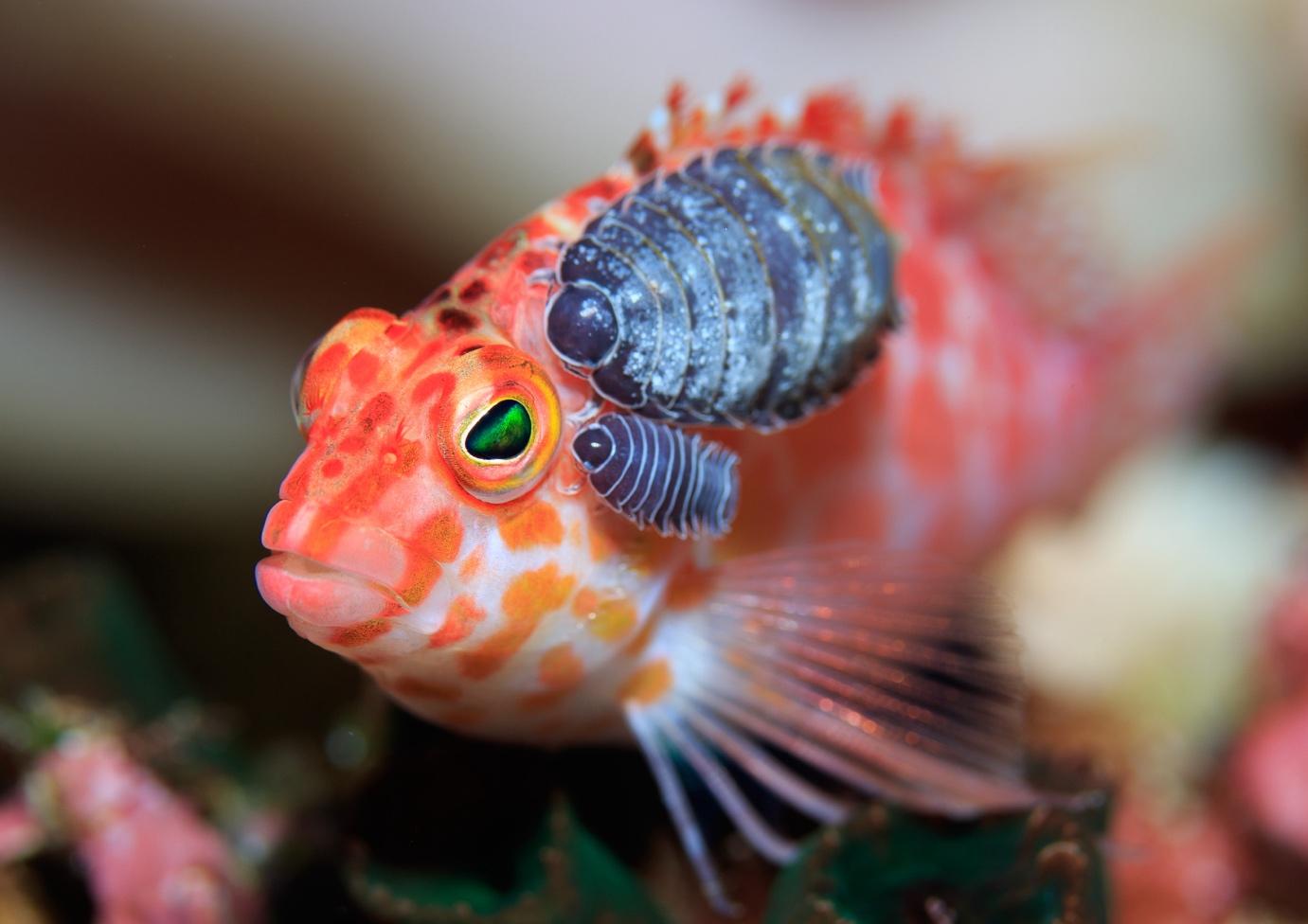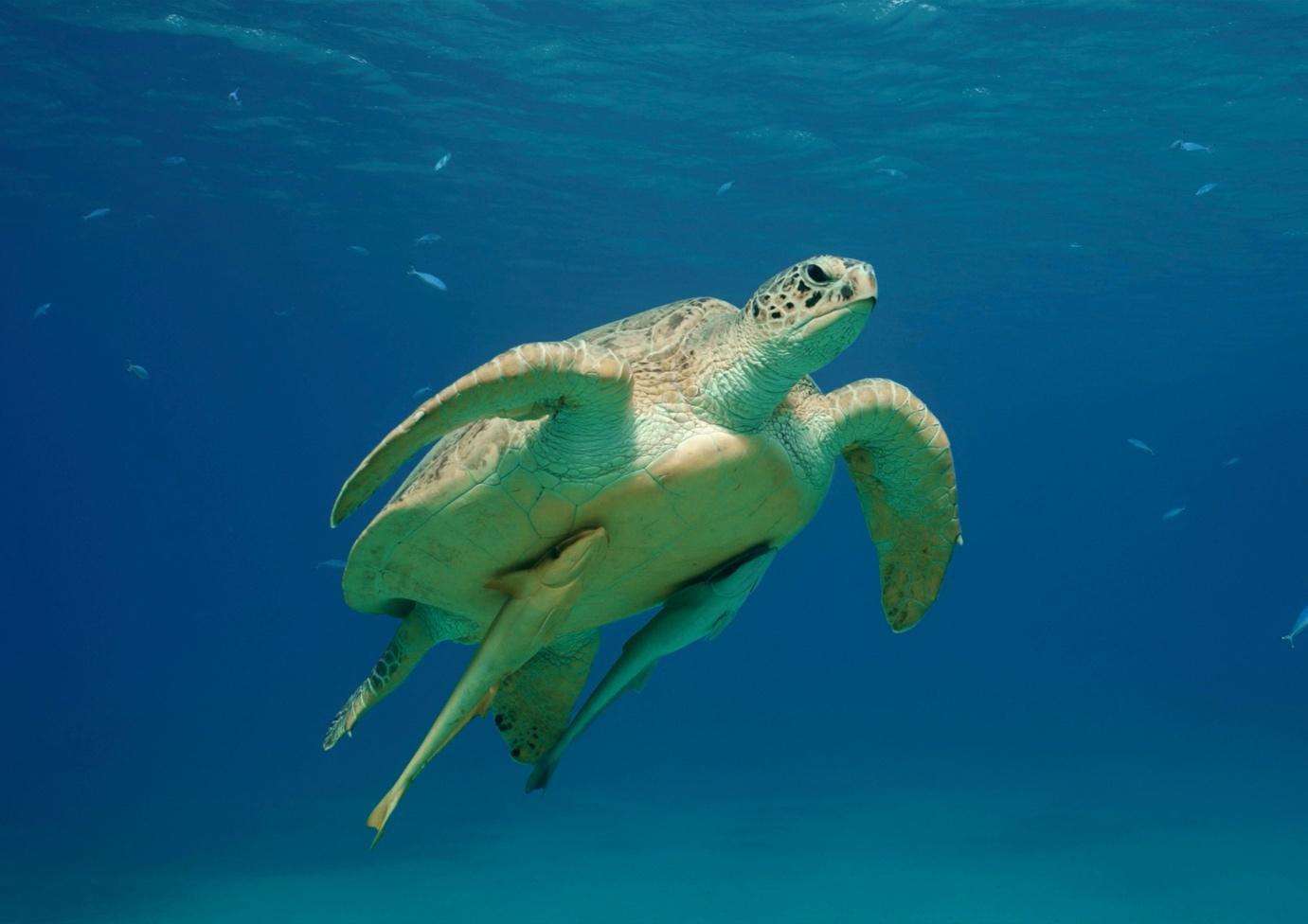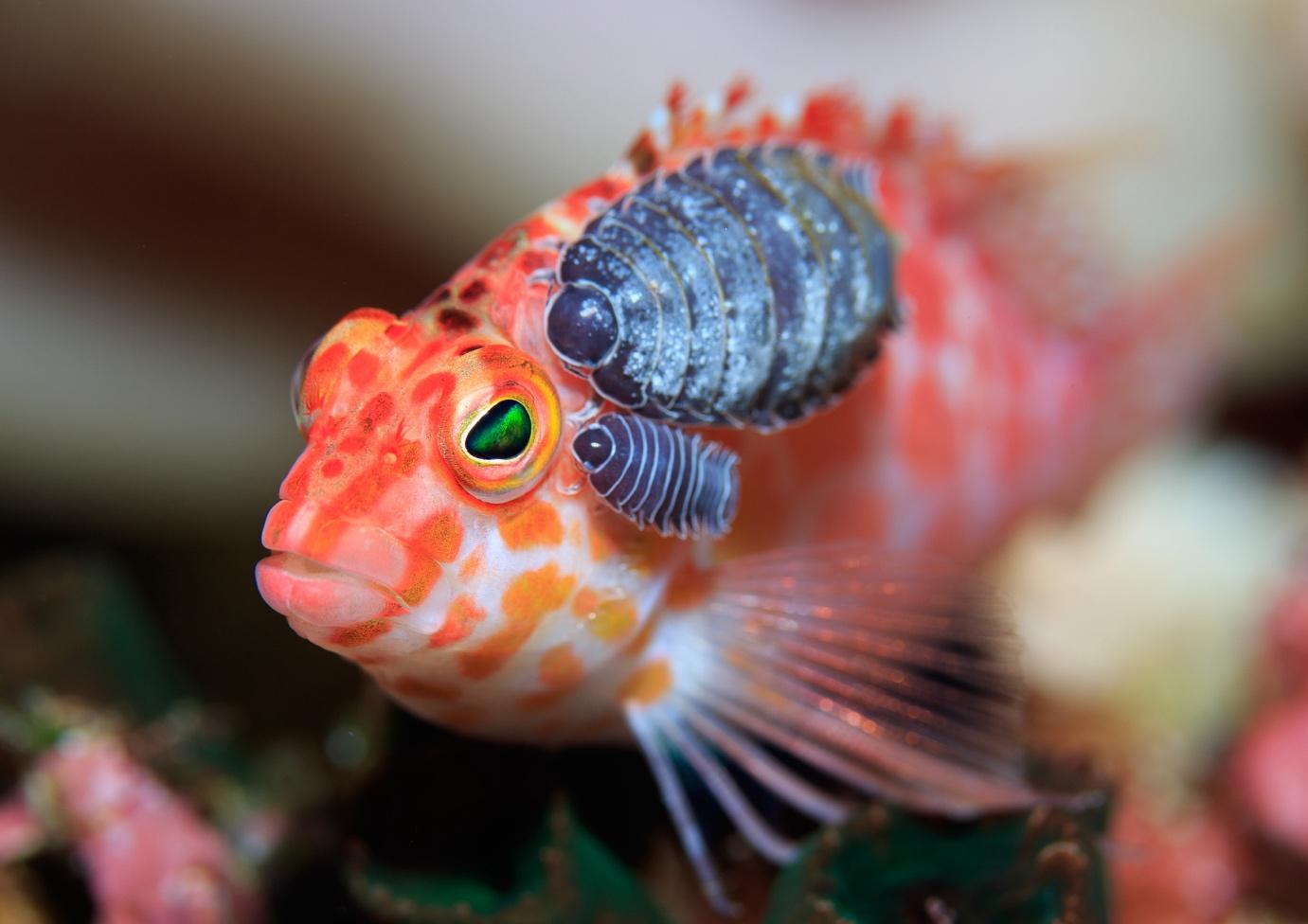Symbiotic Relationships: 8 Incredible Underwater Symbiotic Relationships
Because of the incredible diversity of the world’s oceans and the complexity of its creatures, symbiotic relationships can develop in unexpected ways. Symbiotic relationships can be found all over the world (both above and below the waves), and they indicate that an ecosystem is healthy and mature, allowing for fascinating interspecies interactions. We’ll look at the fascinating practice of symbiotic relationships in the ocean, as well as eight examples.
What is a Symbiotic Relationships?

So, what exactly is a symbiotic relationships, and what types do we find in our oceans? Mutualism, commensalism, and parasitism are the three main types of symbiosis found in the world’s oceans.
A symbiotic relationship is any of several interactions between two organisms that can be beneficial, neutral, or harmful. We will examine the various types of symbiotic relationships and provide examples of each.
Mutualism

This type of symbiotic relationships benefits both parties (symbionts). Food, defense, and shelter can all be advantageous to symbionts. The best example in the marine world is the mutualism between coral polyps and their zooxanthellae algae, in which the algae absorb oxygen from the living coral’s tissues and produce sugars via photosynthesis for the majority of the coral’s food.
Commensalism

This type of symbiosis occurs when one animal benefits without having a significant impact on another symbiont. Commensalism can include transportation (hitchhiking on fur, scales, and skin), housing, or a phenomenon known as metabiosis, in which one animal uses an item created by another after its death. Hermit crabs that feed on gastropod shells are an excellent example of commensalism.
Parasitism

This type of symbiosis occurs when one animal benefits while the host suffers as a result. Parasites can be found internally, externally, and intermittently as they take advantage of their host, often extracting blood or absorbing nutrition in the digestive tract.
Eight Examples of Symbiotic Relationships from the Ocean
Many different symbiotic relationships can be found all over the world in the ocean. We’ll look at a few examples found underwater, including the organisms involved and the classification of the relationship.
1. Remoras and Megafauna

Manta rays, large sea turtles, whales, and whale sharks frequently have multiple remoras hanging off their underbelly. These usually do not harm the animals, though smaller creatures seem to find them annoying!
By eating parasites and dead skin, remoras provide a spa service to larger creatures. They use their modified dorsal fins as a sucker pad, allowing them to catch a free ride and eat while keeping the other symbiont clean. This is a mutualistic relationship, but it also has commensalistic elements.
2. Gobies and Alpheid Shrimps

Divers frequently encounter this symbiotic relationship in the shallow sandy areas of many tropical destinations. Gobies have keen eyesight and act as alert lookouts for any passing dangers. Alpheid shrimps are excellent burrowers and tunnel diggers.
Because the shrimp’s eyesight is poor, they rely on sensory antennae to communicate with a goby. Furthermore, the goby can leave chemical cues to warn the shrimp not to leave the burrow. In this mutualistic relationship, the goby gets a safe house and the shrimp gets his own security guard.
3. Octopuses and Groupers

When two highly successful reef hunters team up to scour the reef for prey, they make a formidable pairing. The octopus’s adaptability allows it to reach areas of the reef that the grouper cannot, and the grouper’s panic-inducing presence frequently sends small fish and crustaceans into the path of the octopus.
Working as a team increases the success rate of each hunt and ensures that both animals get a good meal. This is another example of ocean mutualism.
4. Hermit Crabs make use of Gastropod Shells

Hermit crabs can be identified by their use of shells as both land crabs and underwater crabs. Shells are strong, transportable, and durable, providing protection on the move and being readily available near or in the marine environment.
This is a commensalistic relationship because hermit crabs only get access to these shells after the gastropod mollusc dies. However, it is a metabiotic relationship because it is using the shell after the death of its owner.
5. Parasitic Isopods in Fish

These parasitic invertebrates can be found on many different fish species around the world, usually around the heads of the affected fish. They will latch onto anything they can sink their mouthparts into and begin to feed directly from the bloodstream of the fish.
The gills, eyes, and even the tongues of fish are ideal habitats for these creatures, which resemble pill bugs with segmented bodies. The fish gain nothing from this, and thus the relationship is parasitic.
6. Deep Sea Male Anglerfish
Male anglerfishes in the deep sea have a difficult time finding a mate, so when they do, they need to take advantage of the situation. They bite the female and remain attached to her, allowing their jaws to fuse to her body. She takes his sperm to fertilize her eggs, but he survives and feeds on her body. A strange combination of parasitism and mutualism.
7. Corals and Algae with Zooxanthellae
One of the most well-known symbiotic relationships on the planet, the relationship between coral and the vitally important algae found in its tissues has resulted in such immense natural phenomenon as the Great Barrier Reef, the only structure built by a creature visible from space.
The coral polyp has a calcium carbonate skeleton and feeding arms armed with stinging nematocysts. This makes it a safe haven for the zooxanthellae algae that live within its tissues.
The algae, which is safe from harm in seawater where it would be quickly grazed by zooplankton, provides up to 90% of the food for the coral through photosynthesis. One of the most well-known mutualistic relationships on the planet.
8. Predators and Cleaning Fish/Creatures

Because of what they provide to the animals around them, the animals that provide cleaning services on the reef appear untouchable. They swim into the mouths of predatory fishes and pick off parasites, dead skin cells, and detritus. They are primarily wrasse in the Indo-Pacific and gobies or shrimp in the Caribbean. They receive a free meal and a safe existence, while the other fish receive a spa and dental cleaning. Another mutualistic sea relationship.
Enjoy a Diving Trip in Raja Ampat and Komodo with La Galigo Liveaboard

La Galigo is known as one of the best liveaboard diving boats in Raja Ampat Indonesia, and it offers trips to well-known diving destinations such as Komodo and Raja Ampat. The Coral Triangle is located in Indonesia, which has the highest marine biodiversity on the planet.
La Galigo Liveaboard Diving was founded in 2015 by two avid divers who wanted to explore some of Indonesia’s pristine reefs but found that all existing scuba diving options were frequently out of their budget, and wanted to provide an affordable option for everyone to be able to explore these beautiful places.
La Galigo Liveaboard Diving in Raja Ampat & Komodo is a friends and family affair, and our liveaboard diving trips are always focused on fun, safety, guest comfortability, and are exceptional value for money. Our trip prices range from $2,160 for a six-day Komodo liveaboard diving trip to $3,375 for an eight-day Raja Ampat liveaboard diving trip. The price includes four meals a day, diving three to four times a day or snorkelling, and land tours.




